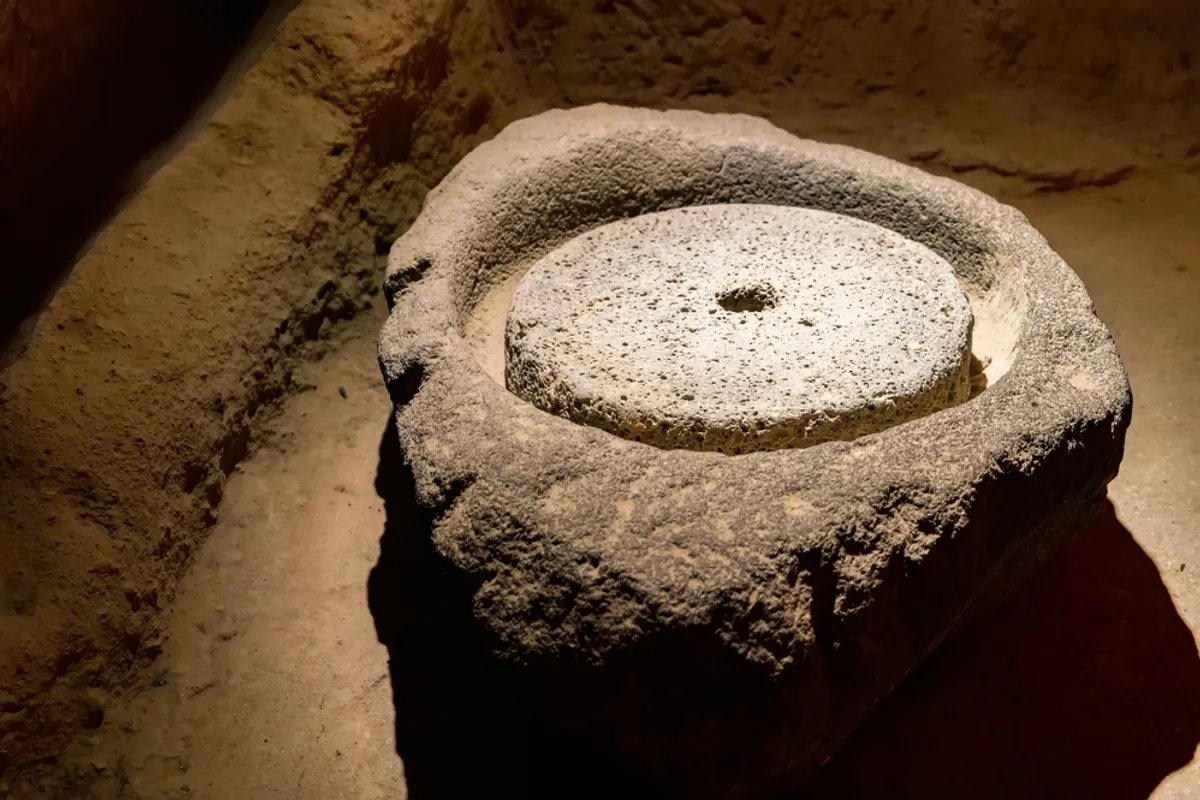After the significant earthquakes that struck the area earlier this year, restoration work revealed a 3,800-year-old cuneiform clay tablet in southern Türkiye.
A 25-person team discovered the clay tablet with the cuneiform inscription in the Akkadian language in the approximately 4,000-year-old Accana tumulus in the southern Hatay region, according to Murat Akar, an archeology professor at Hatay Mustafa Kemal University.
The historical site, which was identified as the site of Alalakh, the location of the Mukish Kingdom's capital during the Middle and Late Bronze Ages, was impacted by the twin earthquakes on February 6 that were centered in Kahramanmaras and caused significant damage in Hatay.
According to Akar, the Turkish Culture and Tourism Ministry has begun restoration and preservation work to address the damage to portions of the palace wall ruins.
A clay tablet was discovered among the ruins by the crew that cleared the wall rubble for the investigation.
When the Akkadian language tablet was initially examined, it contained information about a deal that Yarim-Lim, the first king of Alalakh who is known to have existed, had made to buy a different city.
The tablet is undamaged, and Akar described the discovery as "so exciting."
It demonstrates to us that the monarchs of that era had the financial capability and potential to acquire a second city.
He continued, "There is probably also the name of the significant city residents who saw this sale on the tablet.
According to Akar, "the work emerged as an extremely singular example, particularly to decipher the economic structure of that era, the relationship between cities, and the economic and political model."
After the inspections, the tablet will be moved to a museum, according to the leader of the restoration team.







